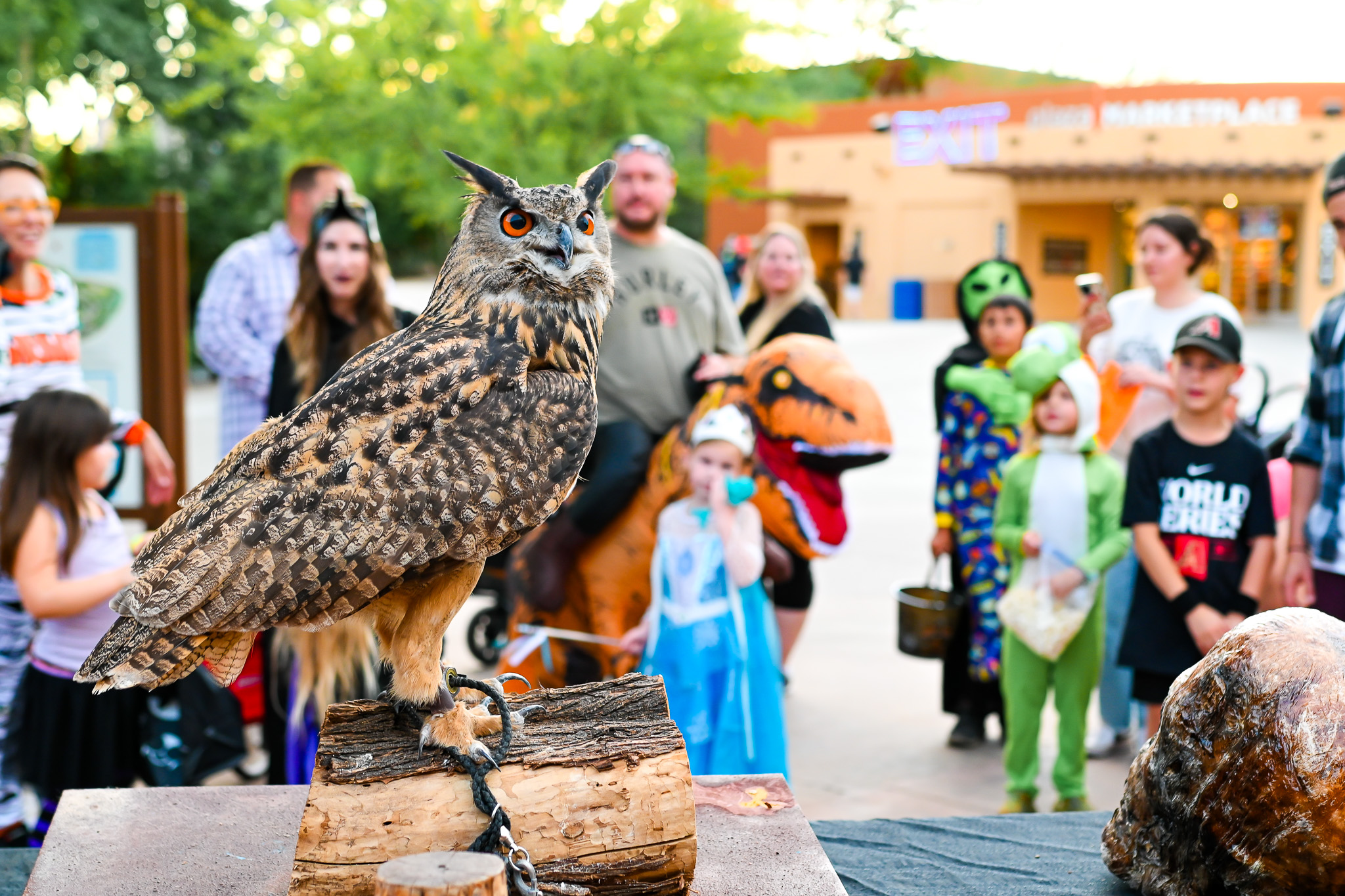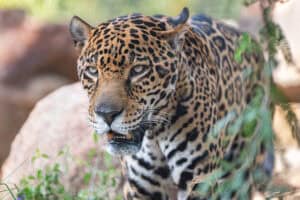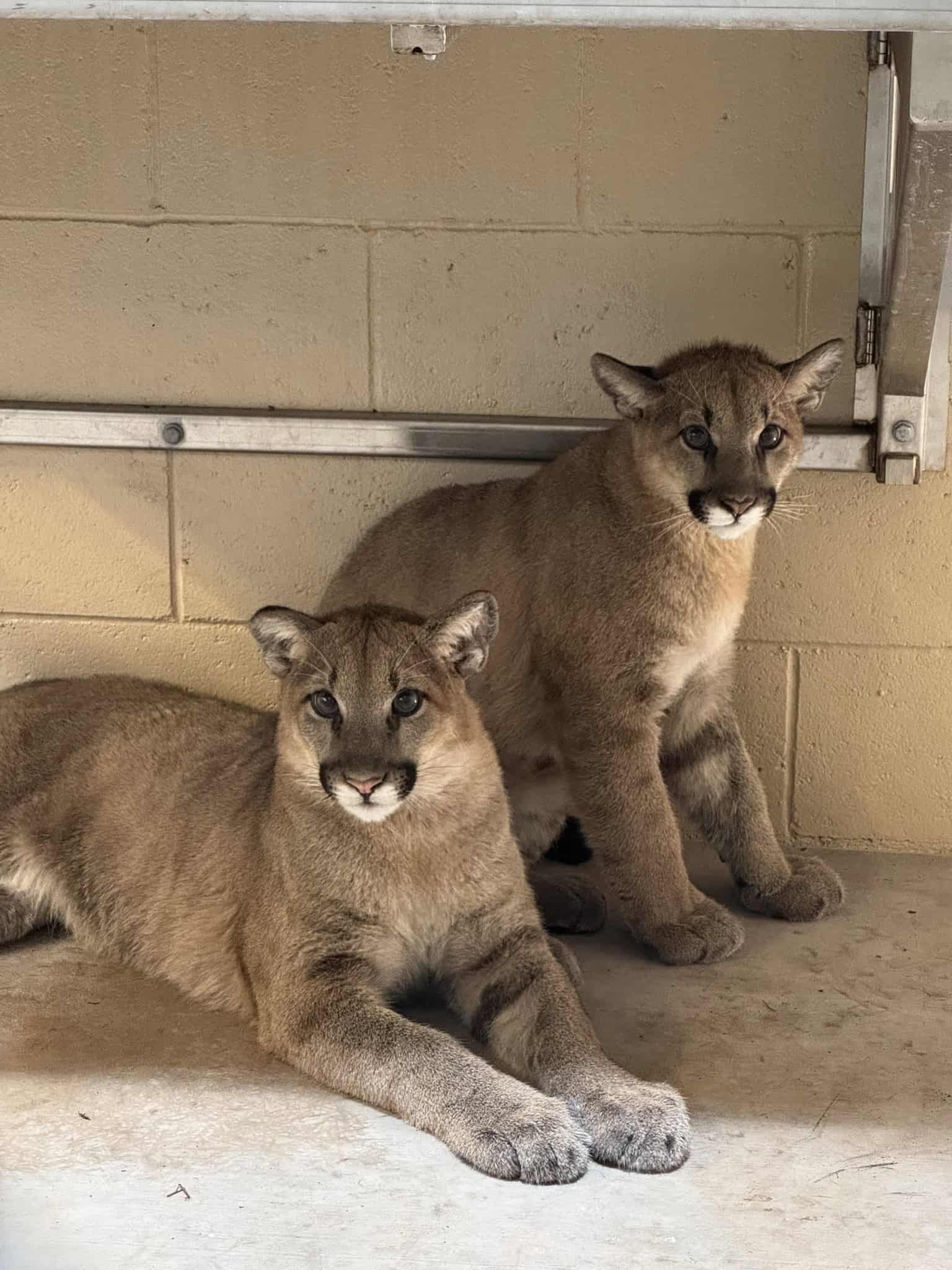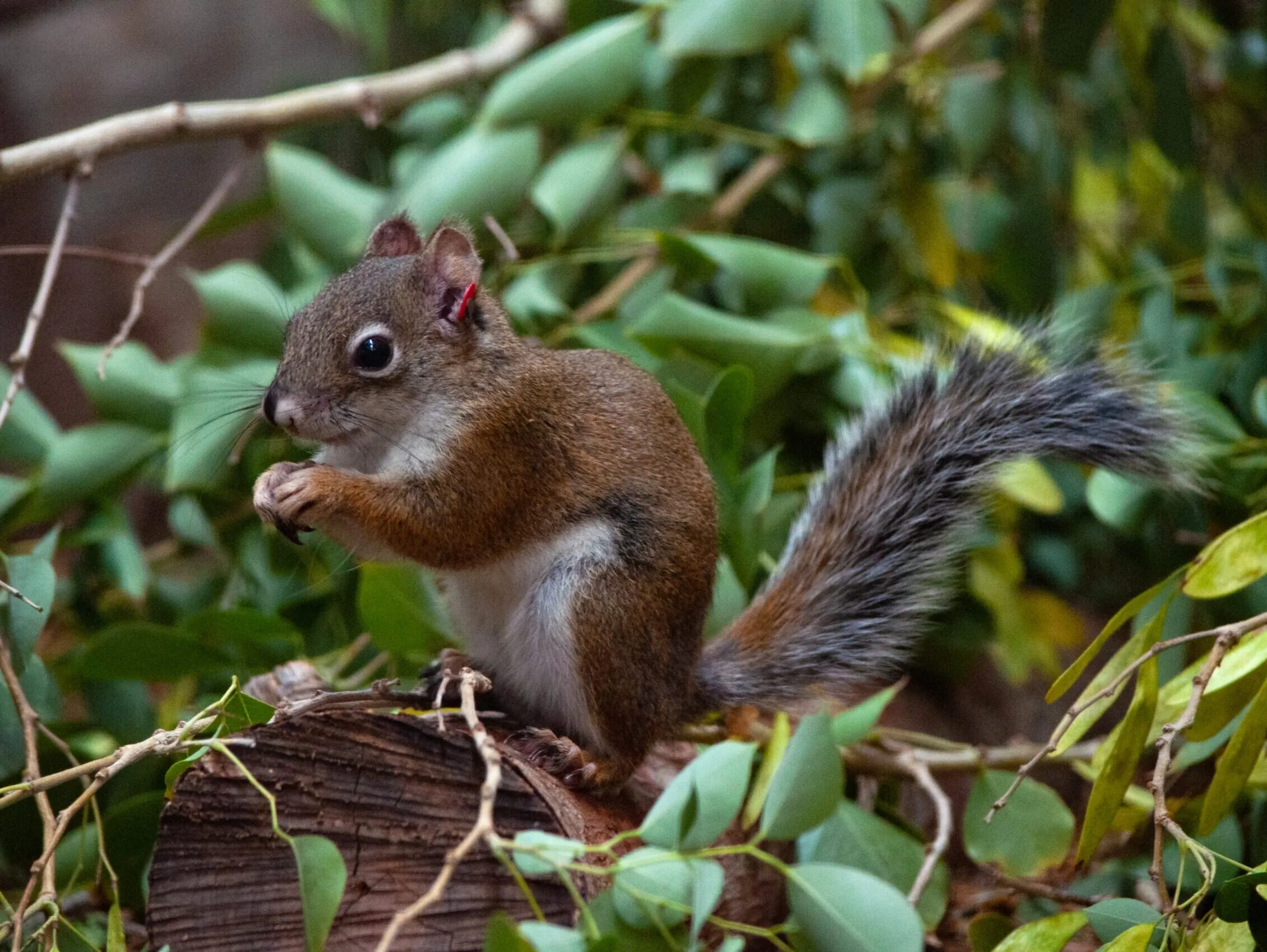Exciting news! The Phoenix Zoo’s Atascosa Complex Wildlife Study recorded a video of a new ocelot in southern Arizona in June. The Zoo’s field cameras have been deployed in the Coronado National Forest’s Nogales Ranger District since April, under a research permit issued by the US Forest Service. A multi-agency review team concluded that this is a new cat not previously seen in the state. In addition, it is the first confirmed ocelot sighting in the Atascosa Highlands region in at least 50 years.
The Zoo’s Field Research Project Manager, Kinley Ragan, and volunteer, Ali Lofti, were in the study area in July checking half of the project’s 50 field cameras to ensure that they were working properly. During the July trip, they visited 23 cameras, refreshing batteries and SD cards to fuel the equipment through the summer season. It is standard procedure to scan through the recorded images quickly to see if the cameras need to be adjusted for a better view, etc. In this case, the quick scan resulted in a big jolt of excitement.
“This particular location required a 40 minute hike to the site as the temperature was reaching 95 degrees,” Ragan shared. “The ocelot video was one of the last videos I reviewed and sent full chills through my body at the excitement and pride in what we had recorded. I was in disbelief at first, watching the video over and over again, but soon a big smile spread across my face as the full impact of this discovery for the important region set in.”
Arizona Game and Fish Department (AZGFD) Regional Nongame Specialist, Tracy McCarthey, confirmed the finding. “AZGFD has conducted a pelage spot analysis comparing this ocelot with the current known ocelot in the state, as well as previous ocelots and concludes that this is indeed a new ocelot.”
Ocelots have been listed as endangered in the United States since 1972 and are only intermittently recorded in Arizona. This cat was observed in desert scrub and at lower elevation than most historical records of ocelots in Arizona. Another ocelot has consistently been recorded in the last year on camera footage from the Huachuca mountain range, greater than 50 miles away from this new sighting. Data from the University of Arizona Jaguar and Ocelot Monitoring Project have provided helpful context regarding the significance of this new record.
The Atascosa Highlands, which includes the Atascosa, Tumacácori, and Pajarito mountains, is a known wildlife corridor, but is relatively understudied, particularly compared to other wildlife corridors in southeastern Arizona. The Zoo’s Field Conservation Research team, including ASU’s Dr. Jan Schipper, conducted a pilot study in 2023 using 30 field cameras, which recorded 21 species of mammals, but no ocelots or jaguars. The number and diversity of species recorded during the pilot study spurred the Zoo team to expand the study in 2024 to include more cameras and greater diversity of habitat types sampled.
“Finding evidence of a new ocelot in southern Arizona reinforces our commitment to collaborative efforts to conserve wildlife and their habitats in the region,” says ACNC/Phoenix Zoo President and CEO Bert Castro. “We’re eager to review additional camera data from this study to see what else we can learn about species of conservation concern in the borderlands and what they need for their continued survival.”
Ocelots are carnivores whose primary diet consists of rabbits, rodents, lizards and birds. Major threats to their survival include habitat fragmentation and loss, as the spotted cats depend mainly on dense forest and grassland habitat for shelter and safe movement across the landscape. Scientific studies like the Zoo’s can help to assess and protect important habitat in the ocelot’s range in the borderlands region.
Zoo staff and volunteers will return to the field in August to retrieve additional camera data from the spring and summer seasons, and again in October to gather records of wildlife movement in the study area in the fall. The team initially planned to remove the cameras in October, but with this new finding, we hope to extend the study for another full year, to capture seasonal differences and compare wildlife findings during and after two monsoons. The 2023 and 2024 monsoons in southern Arizona were quite different in volume and intensity, so we’re eager to see if wildlife movements reflect the variable climatic patterns.
We also plan to collect environmental DNA samples from area waterways that will help provide a richer understanding of mammal ecology in this understudied corridor. We’re hopeful that we will find more records of this new ocelot and other significant sightings as data analysis continues. Data from this project will be shared with wildlife managers and other researchers working to better understand how animals are using essential wildlife corridors in southern Arizona. The Zoo is proud to contribute to conservation efforts benefiting animals and habitats in our home state and around the world.













